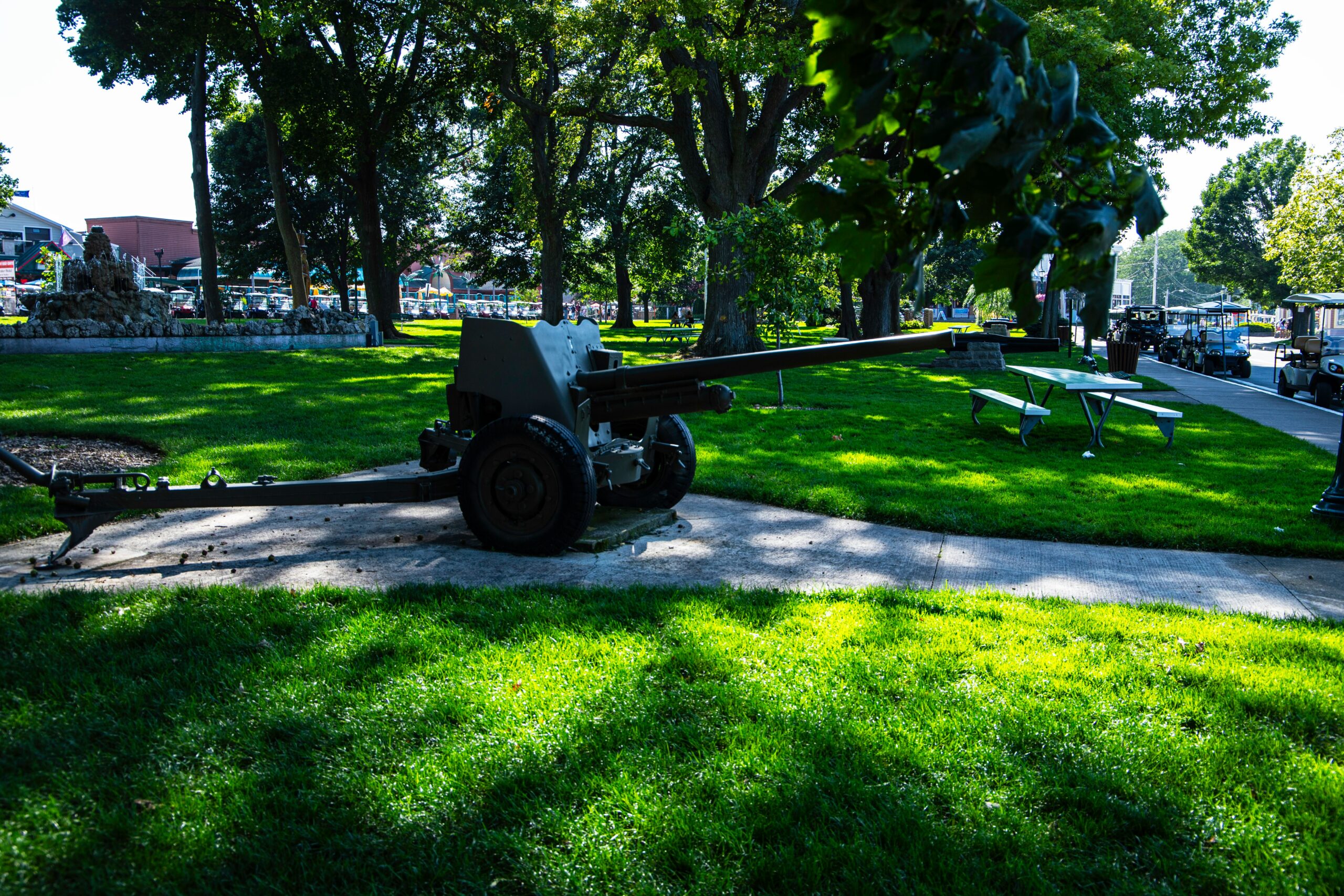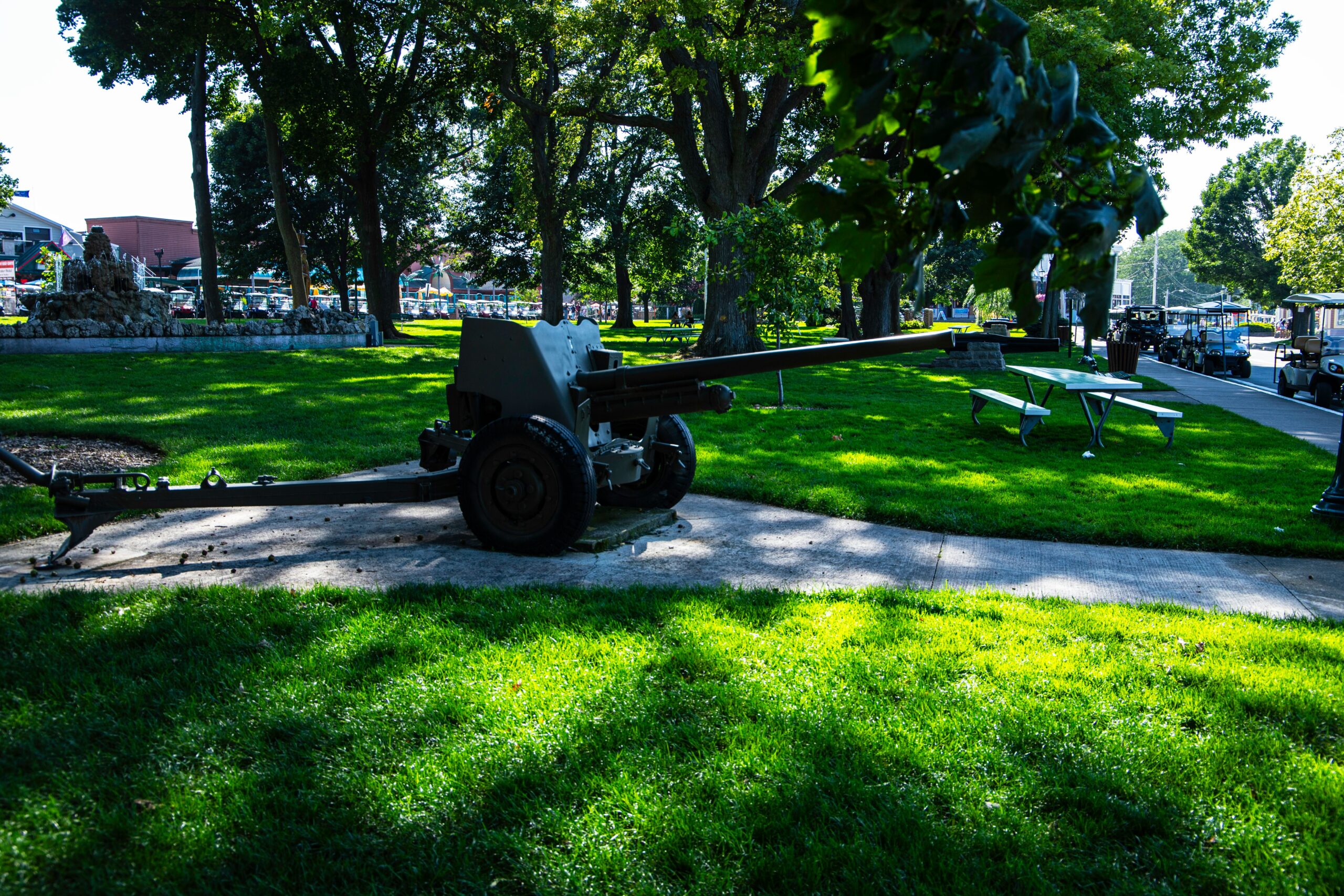
Background of North Korea’s Military Response
The historical context surrounding North Korea‘s military readiness is deeply rooted in the prolonged tensions that exist between North and South Korea. Since the end of the Korean War in 1953, the Korean Peninsula has remained a hotspot of military activity and political discord. The armistice agreement of 1953, which ceased combat operations but did not lead to a peace treaty, has resulted in a complex interplay of military posturing from both Koreas over the decades. This geopolitical landscape is further complicated by external influences, including the United States’ military presence in South Korea, which North Korea perceives as a direct threat to its sovereignty.
Recent events have escalated these tensions, notably the increasing incidents of drone activity in the region. Such incursions are viewed by North Korea as provocative and necessitating a robust military response. For instance, the sightings of foreign drones along the Demilitarized Zone (DMZ) have heightened fears of espionage and intelligence gathering by South Korea or its allies. Consequently, North Korea has reacted by enhancing its military readiness, a move interpreted as an assertive defense strategy amid perceived threats. This readiness serves not only as a deterrent against potential aggression but also as a display of strength to satisfy domestic audiences.
The Korean Central News Agency (KCNA) plays a pivotal role in shaping public perception regarding these military actions. As the primary state media outlet, it disseminates information that often reflects the regime’s narrative, emphasizing the necessity of military readiness in light of external threats. By framing the military’s response as a legitimate and necessary action, KCNA reinforces the notion of vigilance within the populace. This media portrayal contributes to a cyclical reinforcement of North Korea’s defensive posture, evidenced by heightened military announcements and corresponding public support.
North Korea’s Claims of Drone Intrusions
In recent months, North Korea has made significant claims concerning alleged drone incursions by South Korea into its airspace. According to the North Korean defense ministry, these purported flights have occurred over key locations, including the capital city of Pyongyang. The veracity of these assertions is a matter of ongoing debate, but the implications are noteworthy, as they serve multiple purposes within the context of North Korea’s military and political strategies.
The North Korean government has framed these alleged intrusions as serious violations of its sovereignty, emphasizing the need for military preparedness and vigilance. This stance aligns with the regime’s longstanding narrative of external threats, which is often utilized to justify its significant military expenditure and to bolster support for its armed forces. Such claims can also act as a catalyst for consolidating internal unity among the populace, portraying the state as a necessary protector against perceived aggression from rival nations.
Moreover, these allegations may also serve an external agenda, aiming to position North Korea as a formidable military power capable of countering perceived threats. This narrative can attract international attention and sympathy, especially from its allies and those critical of U.S. influence in the region. By framing South Korea’s actions in a light that portrays them as provocative, North Korea not only seeks to reinforce its position at the negotiating table but also aims to project strength to its own citizens and the wider international community.
In digesting this context, it becomes clear that North Korea’s claims of drone intrusions go beyond mere accusations; they form a crucial component of the regime’s broader strategy that interlinks military readiness, propaganda, and national unity. Understanding these motivations provides insight into the complexities of the Korean Peninsula’s geopolitical landscape.
South Korea’s Military Response and Regional Reactions
In light of North Korea’s recent claims regarding drone activity and military threats, the South Korean government has swiftly articulated a strong and definitive response. The South Korean Ministry of National Defense has issued stern warnings of severe consequences should North Korea continue to engage in provocative actions. The emphasis on deterrence underscores South Korea’s commitment to safeguarding its national security amidst escalating tensions on the Korean Peninsula. This indicates that South Korea is recalibrating its military readiness in response to North Korea’s behavior.
Strategically, South Korea has been bolstering its defense capabilities, incorporating advanced technologies and increasing military exercises in collaboration with allied forces. The South Korean defense posture demonstrates a proactive approach toward North Korean incursions, emphasizing the nation’s determination to ensure stability and peace in the region. Moreover, South Korea’s military drills aim not only to prepare for potential conflicts but also to enhance joint operational readiness with the United States, which plays a crucial role in the defense dynamics of East Asia.
Regional reactions from neighboring countries are also notable. Japan, for instance, has expressed its deep concern over North Korea’s military developments, advocating for greater intelligence sharing and cooperation among regional allies. The United States remains engaged, reiterating its commitment to South Korea’s defense. Observers have pointed out that North Korea’s actions have prompted neighboring nations to strengthen their military alliances, thereby transforming the geopolitical landscape in Northeast Asia.
International analysts suggest that these developments may lead to an arms race, as countries within the region react to the perceived threats posed by North Korea. The intricate dynamics of military readiness and diplomatic relations illustrate that the situation continues to evolve, underscoring the importance of sustained dialogue and multilateral efforts to mitigate tensions.
The Implications for Inter-Korean Relations
Recent escalations in North Korea’s military readiness, particularly in response to alleged drone incursions, have significant implications for inter-Korean relations. This renewed emphasis on military posture may signal a constriction of diplomatic avenues between the two Koreas, further straining an already fragile relationship. Historically, periods of heightened military alertness correspond with increased tensions, making diplomatic negotiations more challenging. As both Koreas navigate this complex landscape, fears of miscommunication and miscalculation are likely to intensify, increasing the potential for conflict on the Korean Peninsula.
Moreover, the implications for economic ties are considerable. North Korea’s strengthened military stance could deter South Korea from engaging in economic initiatives or collaborations aimed at fostering peace and stability. Investment and trade opportunities between the two nations, which are critical for the North’s economic recovery, may become less viable if military tensions persist. Consequently, this could lead to further isolation of North Korea, thereby exacerbating its economic hardships.
Additionally, the escalating rhetoric surrounding military activities influences security dynamics extensively. With the influence of external powers, particularly the United States and China, expanding during such critical periods, inter-Korean relations could pivot based on international responses to North Korea’s military actions. These external powers play a pivotal role in mediating tensions and promoting dialogue, underscoring the importance of their involvement in maintaining peace on the peninsula.
Speculating about future scenarios, it is imperative to recognize the intricate web of interactions that could either lead to a renewed commitment to diplomacy or an escalation of hostilities. While diplomatic channels remain open, the risk of miscalculation looms large, necessitating cautious and deliberate approaches from all parties involved.
